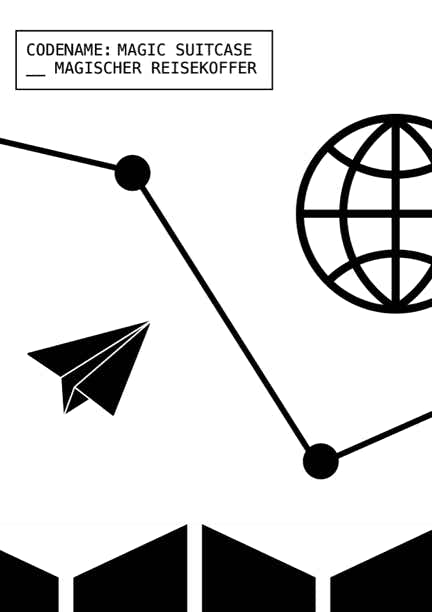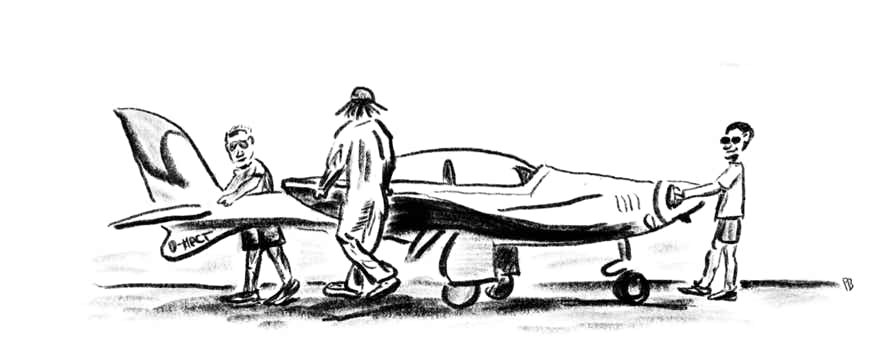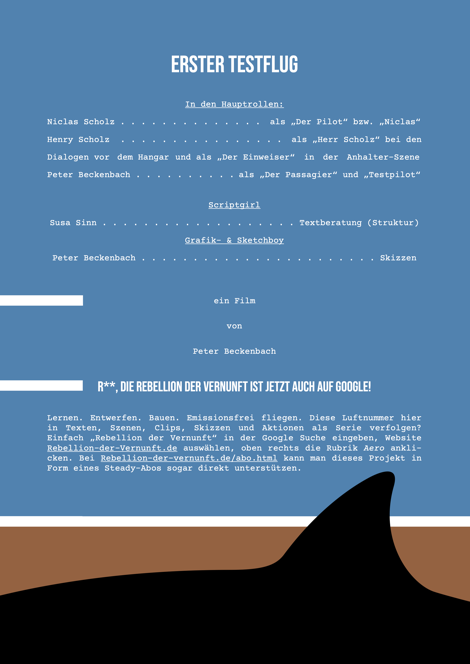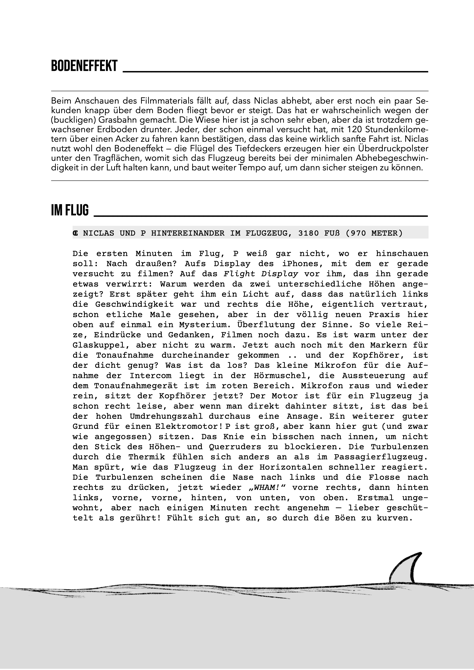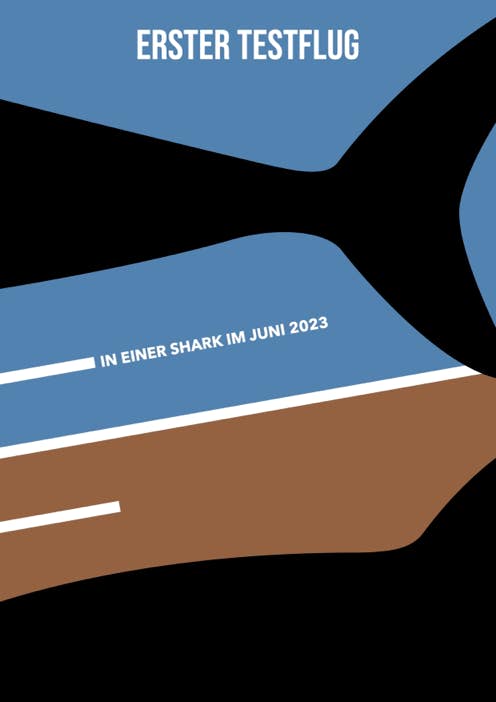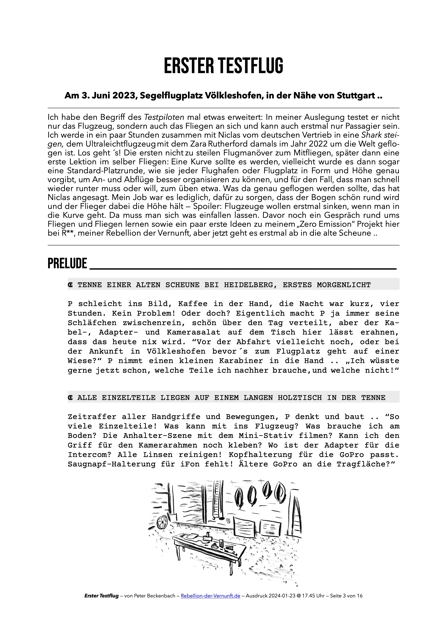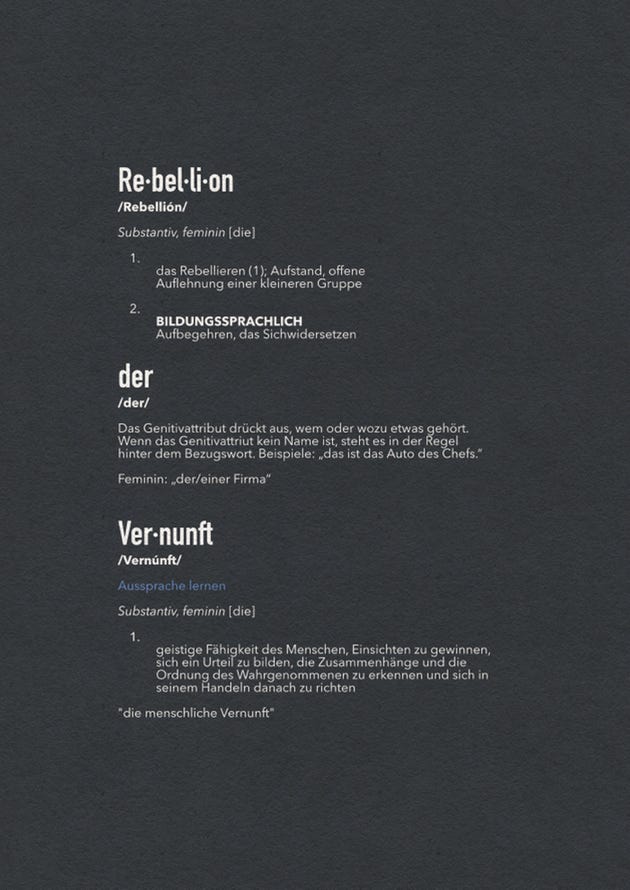Ist das Fliegen eine Kunst? Nach Ps ersten beiden Probeflügen in einer Tecnam P-2008 JC an und um den Flughafen Larnaca auf Zypern würde der wohl „ja“ sagen. Er hat mittlerweile ein anderes Bild davon, was Fliegen eigentlich bedeutet. Natürlich hat Demos, der Fluglehrer, die harte Arbeit gemacht, aber allein schon die paar Handgriffe, die P selbst machen durfte, haben ihm gezeigt, dass das hier eine ganz neue Nummer ist. Als Erdmensch, der bislang immer nur seine Beine oder irgendwelche Hilfsmittel auf dem Boden zur Fortbewegung genutzt hat — immer nur zwei Dimensionen, schön einfach und vertraut — täuschen P seine Sinne hier oben mehr als dass sie ihm helfen. Und jetzt kommt ja auch noch das aerodynamische Design dieser Luft-Kiste dazu, die ganz anders funktioniert als die Radkonstruktionen, die wir seit den Feuersteins hier unten auf der Erde benutzen! Dieses Ding verhält sich einfach nicht so wie P es von ihm erwartet hätte. Und um der Steinzeit-Idee noch eine weitere verwirrende Komponente hinzuzufügen: Das Flugzeug ist nicht einfach nur „Post-Rad“, weil es sich in vielerlei Hinsicht eher wie ein Pferd verhält: Einmal an den Zügeln gezogen wird es langsamer, und da es sich auf mysteriöse Art und Weise ständig anders verhält (was mit der Luft zu tun hat), könnte man ihm sogar noch einen eigenen Willen andichten. Puh! Es geht also vor und zurück in der Zeit? Ist das hier jetzt natürlicher als die Fahrt in so einem Auto? Mal sehen. Ist auf jeden Fall alles sehr interessant und inspirierend. Das ging jetzt gleich voll in die Wahrnehmung rein, aber in der „Fliegen Lernen“ Serie geht es natürlich um viel mehr: Um ´s Anfänger sein, gutes Design, was Fliegen mit Leben im Allgemeinen zu tun hat, die herkömmlichen Verbrennungsmotoren kennenlernen, weiter zu elektrischem Flug, mit neuen Technologien in Berührung kommen und sie hoffentlich auch etwas (nach vorne) bringen. Das wird spannend, unbedingt auf der Frequenz bleiben!















































